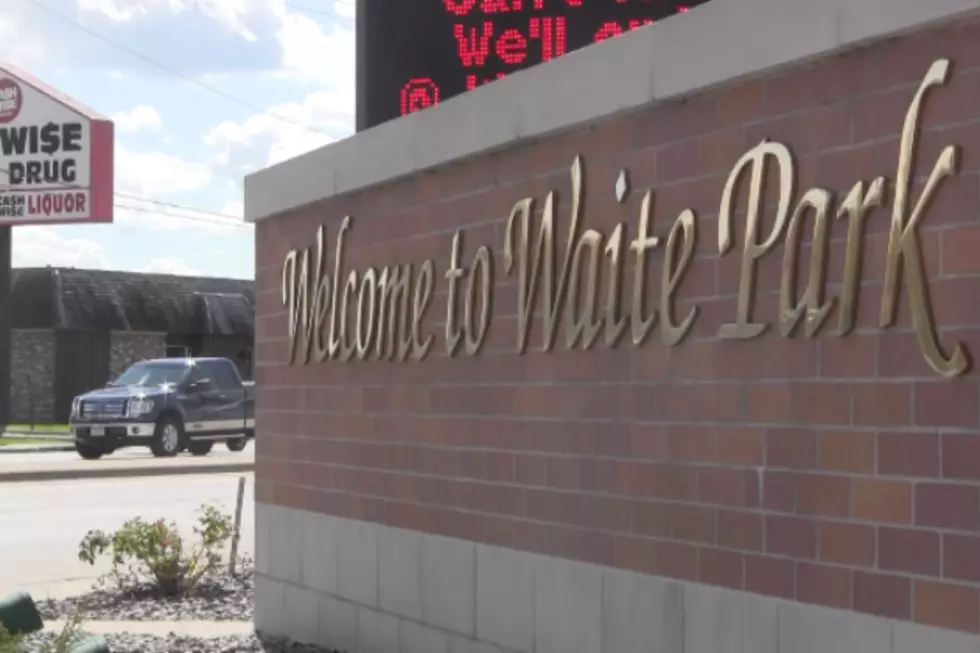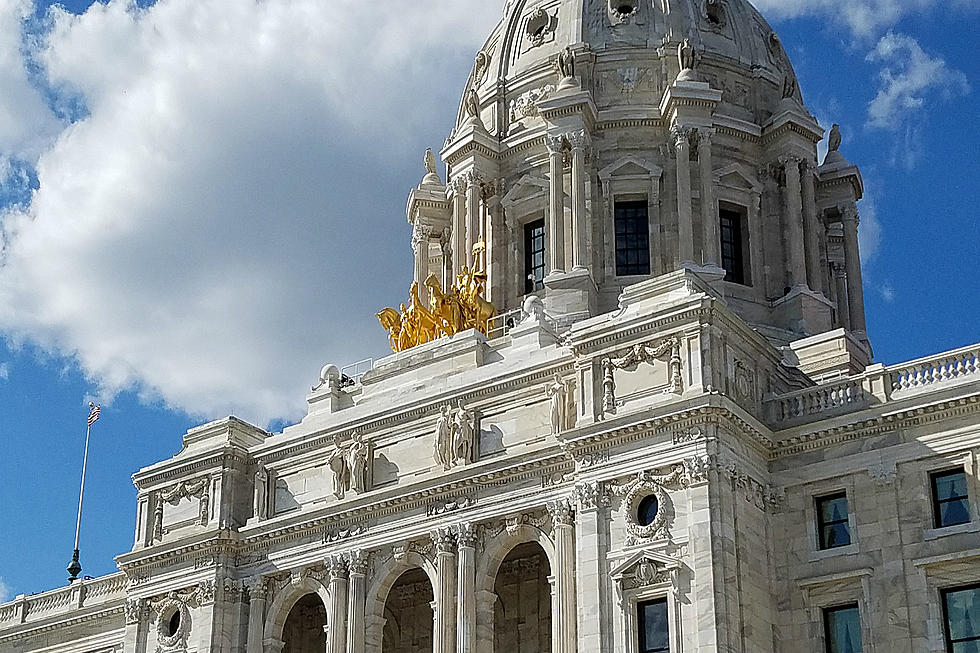
Hefty Surplus Comes with Plenty of Ideas, Big Conflicts
ST. PAUL - Nearly a month before the Legislature returns with a nice $1.2 billion surplus in hand, lawmakers have already laid out hundreds of millions of dollars in plans to spend it.
Legislative leaders left themselves a hefty sum after they put together a two-year budget last year that made 2016 the year to tackle tax relief and road and bridge repairs. But other lawmakers have already laid out plans to spend at least half of the $1.2 billion surplus - before tax cuts and transportation fixes have been hashed out.
There are bills to boost funding for Reading Corps by more than $5 million; $1 million to prevent tractor rollovers; and another $15 million to expand Head Start school programs. There are countless more without firm price tags. And Gov. Mark Dayton himself has requested $100 million for broadband Internet development and another $6 million to offer state employees paid parental leave.
It illustrates the political and financial reality that even a $1 billion-plus surplus can only go so far. And while it may be less painful than making cuts to close budget gaps, extra cash just leaves politicians with more to argue over.
"The average person who watches the process would think that it would be easier if you have a budget surplus ... than shortfalls. It's probably the opposite," said Roger Moe, a former state senator and longtime Democratic majority leader. "That puts more pressure on the Legislature."
The legislature returns March 8 for an eight-week session, shortened by ongoing renovations that have shuttered much of the state Capitol. And all plans are preliminary until state budget officials release a final estimate on the size of the surplus later this month. Some lawmakers are bracing for the $1.2 billion to shrink amid signs of a sluggish economy.
Whatever the final size, there's no shortage of ideas on how to spend the extra cash. The proposals queued up for March 8 span from small expenses, like $20,000 to establish a new trail system in northeastern Minnesota in honor of a lawmaker who died last summer, to far larger plans like more than $125 million suggested by minority House Democrats to boost aid to local governments and provide tax credits to build housing in rural Minnesota.
Legislative leaders from both parties are expressing caution about how they'll spend the surplus. They say they don't want to add expansive programs that could burden the state's budget down the line or
"Once you open it up, it's a floodgate," Republican House Speaker Kurt Daudt said.
There are some areas of agreement. Democrats and Republicans are rallying behind boosting broadband Internet grants, though GOP lawmakers have suggested a smaller investment than the $100 million outlined by Dayton and House Democrats.
Daudt and Democratic Senate Majority Leader Tom Bakk said their rank-and-file members understand to keep any expectations of a spending spree in check to focus on deals for tax cuts and a transportation package. But even a $1 billion surplus may not make for a tidy resolution.
The Republican speaker said he's hoping to secure some permanent tax cuts, reviving as an example the GOP's long call to exempt senior citizens' Social Security income from state taxes. But Bakk said there's little appetite among Democrats for big tax breaks - he called the Social Security tax repeal "reckless," noting it would eventually remove about $500 million from the state's coffers.
Former Republican House Speaker Steve Sviggum is hoping the Legislature can assemble a deal on tax cuts. But after wading through both surpluses and deficits when he led the House from 1999 through 2006, he said he knows the extra cash doesn't necessarily make it easier.
"There are still 201 different ideas in the Legislature as to what to do with it," Sviggum said. "To meet those expectations is a really tough thing in a surplus time."
More From AM 1240 WJON









